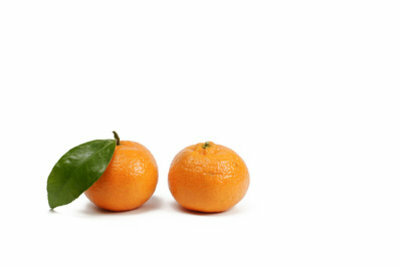Mandarins and their vitamins
Christmas without tangerines? Unthinkable! By eating the fruit, you are not only doing something good for your taste buds, but also for your health, because the citrus fruits are full of vitamins.

These vitamins can be found in tangerines
Mandarins are full of vitamins that are particularly useful in winter.
- Mandarins are a very good source of vitamin C. Just 100 grams of mandarins cover a third of the daily vitamin C requirement. Vitamin C is an important antioxidant that protects cells and other substances from oxidation. It is also important for breaking down cholesterol. If the vitamin is absorbed together with iron, iron absorption is improved.
- Mandarins contain vitamin E, which is also an antioxidant. Vitamin E also works as a natural blood thinner, as it reduces blood clotting and the clumping of blood platelets in the vessels.
- The fruits also contain B-group vitamins in smaller quantities.
What else the citrus fruits contain
Mandarins are not only suppliers of vitamins C and E, they also contain minerals and trace elements.
Clementines and their vitamins - all you need to know about the nutritional value of clementines
Clementines are a subspecies of the mandarins. They strengthen thanks to their vitamins and ...
- Particularly noteworthy is the potassium content. Potassium is used, among other things, for the transmission of stimuli in the nervous system and for muscle contraction, including the heart.
- Mandarins also contain calcium and magnesium, but in rather modest amounts. The same goes for iron, copper, manganese and phosphorus.
Energy information and distribution
- Mandarins contain around 50 kilocalories per 100 grams. That is about as much as the same amount of apple contains.
- The fruits consist of approx. 85 percent off water.
- They contain very little protein and even less fat, as well as negligible amounts of salt.
- The fruits have a sugar content of around 10 grams per 100 grams, which puts them in relation to other things fruit lie in midfield.
How helpful do you find this article?


